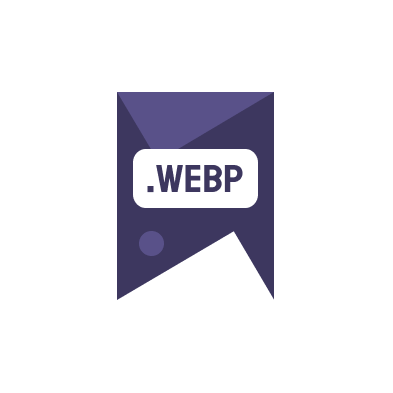Optimizing your images is crucial for improving your website’s load time and SEO ranking. In this article, we’ll explore the top 5 best practices to optimize images in WordPress, ensuring your site remains quick and efficient.
Why Optimize Images?
Before diving into the practices, let’s understand why it’s important to optimize images in WordPress. Large image files can slow down your website, negatively impacting user experience and SEO rankings. Efficiently optimized images improve page load speeds, enhance user engagement, and contribute to higher SEO rankings.
1. Choose the Right File Format
Choosing the correct image file format is essential for optimization. JPEG is preferred for photographs with lots of colors, while PNG is better for images that require transparency. Consider converting images to WebP, a format that provides high-quality results at smaller file sizes. Use an online tool to convert images to WebP.
2. Compress Images
Image compression reduces file size without sacrificing quality. Tools like Adobe Photoshop or free online services can help compress images effectively. Remember, the smaller the file size, the quicker the load time.
3. Use Descriptive Filenames and Alt Text
Descriptive filenames and alt text improve SEO and accessibility. The filename should include your image keyword and describe the image briefly. Alt text helps search engines understand the image content, which is crucial for image SEO strategies.
4. Lazy Load Your Images
Lazy loading defers the loading of images until they are needed as the user scrolls down the page. This method significantly improves load times and saves bandwidth for users who do not scroll through your entire page.
5. Keep Image Dimensions Appropriate
Ensure your images are not larger than the dimensions needed for their specific use on your website. Scaling down images directly in WordPress can still load the original file size, which affects performance. Resize images before uploading them to your website.
To further enhance your website’s performance, consider using a Content Delivery Network (CDN) to distribute the load of delivering high-quality images.
- Always compress images before uploading to WordPress.
- Convert images to efficient formats like WebP using Image to webp online free tools.
- Implement lazy loading with WordPress plugins to improve page load time.
By following these best practices to optimize images in WordPress, you can significantly enhance your website’s performance and SEO ranking. For more technical insights, visit Google’s developer resource on web performance.

